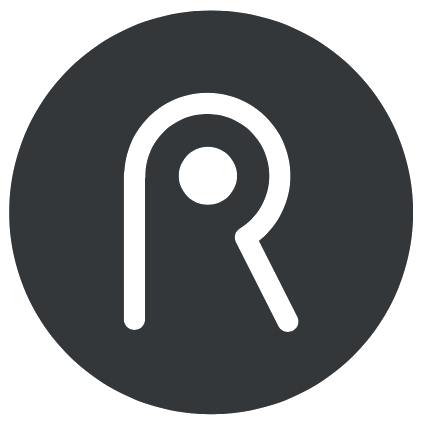Artificial Intelligence (AI) and the Internet of Things (IoT) are two of the most rapidly growing technologies of our time. Both are changing the way we live, work, and interact with the world around us.
While they may seem like separate disciplines, AI and IoT are closely connected and have a lot to do with each other.
Artificial Intelligence (AI)
AI is a branch of computer science that aims to create systems that can perform tasks that typically require human intelligence, such as understanding natural language, recognizing images, or making predictions.
AI can be divided into several categories, including machine learning, natural language processing, computer vision, and robotics:
- Machine learning (ML) is a subset of AI that allows computers to learn and make predictions without being explicitly programmed. Machine learning algorithms use statistical models to analyze data and make predictions about future events or trends.
- Natural language processing (NLP) is a branch of AI that deals with the interaction between computers and human language. NLP is used in tasks such as language translation, text summarization, and sentiment analysis.
- Computer vision is a branch of AI that deals with the ability of computers to understand and interpret visual information, such as images or videos.
- Robotics is a branch of AI that deals with the design, construction, operation, and use of robots.
One of the most significant applications of AI in industry is its use in predictive maintenance and real-time asset monitoring. By using machine learning algorithms, organizations can analyze sensor and system data from industrial equipment and associated software to predict when maintenance is needed. This can help to reduce downtime and increase production efficiency. Predictive maintenance can be especially useful in critical industries such as power generation, transportation, and healthcare, where downtime can lead to costly disruptions.
Another common use for AI in industry is that it can be used to optimize industrial processes by analyzing sensor and system data and making adjustments to improve efficiency, reduce costs and increase production. This can help organizations to reduce waste, improve the quality of products, and increase overall productivity.
Internet of Things (IoT)
IoT is a network of physical devices, vehicles, buildings, and other items embedded with sensors, software, and connectivity, which enables them to collect and exchange data into a central IoT platform.
IoT solutions (hosted on the IoT platform) can then be used in various industries such as manufacturing, transportation, healthcare, and agriculture. IoT solutions allow organizations to monitor and control industrial equipment, track and monitor the location and condition of industrial equipment and assets, and improve the efficiency of industrial processes.
As an example, in manufacturing, IoT solutions can be used to monitor and control production processes, track and monitor the location and condition of equipment, and optimize the use of resources. In transportation, IoT solutions can be used to track and monitor the location and condition of vehicles, optimize routes and reduce fuel consumption.
Together, AI and IoT deliver Industry 4.0 transformation
AI and IoT are closely connected and they have a lot to do with each other. AI can be used to analyze data from IoT systems and make predictions, while IoT solutions can use AI to improve results by using the insights provided by it to create self-improving feedback loops.
Advanced, integrated data, AI + IoT platforms, such as Rayven Dynamix, feature these capabilities (and many more) in a single end-to-end piece of software. Other platforms, such as Microsoft and AWS, has this functionality built in multiple modules that then need to be stitched together to create a single end-to-end solutions. For more information, read our article ‘What are the different types of IoT platforms and which ones are the best?’.
It is with these integrated technology platforms and their associated solutions that organizations to monitor and control industrial equipment in real-time, track and monitor the location and condition of industrial equipment and assets, optimize industrial processes, and improve the efficiency of industrial processes.
In summary, it is the integration of AI and IoT can lead to new and innovative opportunities that can improve efficiency, reduce costs and increase production. As the technology continues to develop and become more sophisticated, we can expect to see more and more industries adopting AI and IoT solutions. However, it's important to note that for these solutions to be effective, organizations need a clear understanding of the problem they're trying to solve with them and the data that they have available. Additionally, organizations should also have a plan for how the data will be used, and how the results will be integrated into existing systems and processes.
As a result, the implementation of complete IoT solutions with AI can be a complex and challenging process, but it can lead to significant improvements in operations, efficiency and cost savings in the long term - it can also be made faster and more affordable if you work with an experienced partner with world-leading technology, such as Rayven.
Author
